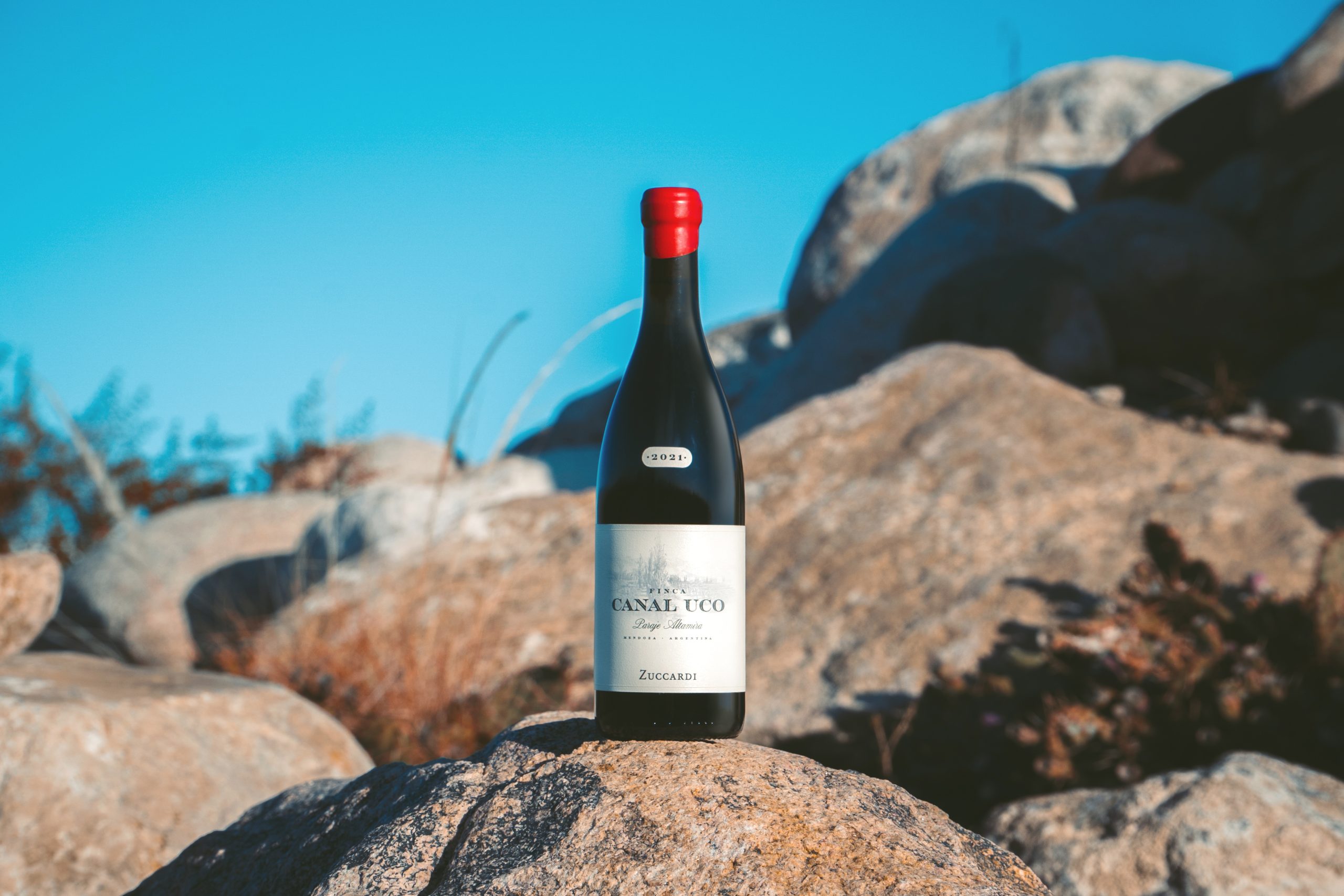It’s official: the Brits have drunk more Champagne during the pandemic
The official retail figures for Christmas-time Champagne sales in the UK have just been released, and it’s official: the Brits drank more during the pandemic, and particularly during a lockdown festive period.

The results come from data analyst Nielsen and show Champagne moving annual total (MAT) retail sales by volume to the end of 2020 up 3%, while sparkling wine sales have increased by 10% over the same period.
Notably, over the four week festive period to week-end 26.12.20, Champagne sales increased by 13%, surpassing the growth in sparkling wine, which rose by 9%.
In terms of the value growth, Champagne’s increases were even greater, up 12% (MAT to WE 26.12.2020), and up 16% for 4 weeks to WE 26.12.2020 (see the figures in full at the bottom of this article).
As for the average price of a bottle of Champagne in UK retailers, that has, for the first time, broken past £25, increasing year on year by 5.3% to hit £25.15.
And, the growth in volume and value sales of Champagne in the UK retail sector is probably greater than Nielsen has recorded, with importers of the fizz in the UK recording rising demand for Champagne through online leviathan Amazon and the key fine wine merchants, from Bordeaux Index to Berry Bros & Rudd, whose sales are not tracked by Nielsen.
Indeed, Nielsen’s figures tend to reflect sales in supermarkets and multiple specialists, which would mean that it fails to capture much of the very high value sales of Champagne, particular the prestige cuvée releases, which tend to go through fine wine specialists.
However, other indicators can be used to track this sector, such as Liv-ex, which has recorded a booming secondary market for top-end Champagne, which has been fuelled by the primary market releases this year.
Speaking about the retail market for Champagne during this pandemic year, and particularly the festive period, when much of Britain was under lockdown restrictions, Andrew Hawes, chairman of the country’s Champagne Agents Association, as well as managing director of Mentzendorff – the importer for Bollinger and Ayala Champagnes in the UK – said the results were “astonishing”.
“Champagne has always fallen in times of economic crisis and risen in times of recovery, so we expected it to follow that pattern, and it didn’t,” he said of this year’s sales growth during the coronavirus crisis.
In terms of Mentzendorff’s sales for Bollinger and Ayala in UK retail, he said, “We’ve got some fairly astonishing growth, and if you look at the figures, there is significant double digit growth for a number of brands, and it’s not been achieved by discounting and dropping prices; the price has gone up, the volume has gone up, and the value has gone up.”
Suggesting that the retail growth may be even greater than the numbers from Nielsen suggest, he recorded major rises in Champagne sales in parts of the market not tracked by the data analyst.
“I don’t believe that Amazon is in these numbers, and Amazon’s Champagne sales are going through the roof; I know that from our own business, and I’m sure it’s not exclusive to Bollinger,” he said.
Suggesting that the trend of rising Champagne consumption at home in Britain at the height of pandemic was somewhat anomalous, he added, “The UK has performed better through Covid than other major markets.”
This in turn has allowed Champagne brands to free up additional stock for the UK from other markets, helping to supply the increase in retail sales experienced in British retailers.
Partner Content
Nevertheless, he said, “Amazon still ran out of Bollinger in the run up to Christmas.”
While such sales trends are remarkable, it is not a cause for celebration, stressed Hawes.
With Champagne consumption in pubs, bars, hotels and restaurants representing more than a third of sales in the UK, the growth in demand through retailers for drinking at home will not make up for the lost business in the hospitality sector due to coronavirus restrictions, which have seen the total closure of this part of the market for large parts of 2020.
“I would be surprised if we saw anything less than a double digit volume decline in Champagne shipments to the UK for this year if you take the on-trade into account,” he said.
Champagne sales in UK retail: the trends for 2020 (Nielsen UK off-trade reporting to w/e 26.12.2020)
Volume
MAT to WE 26.12.2020 – Champagne +3% (Sparkling wine up 10%)
12 weeks to WE 26.12.2020 – Champagne +13% (Sparkling wine up 10%)
8 weeks to WE 26.12.2020 – Champagne +13% (Sparkling wine up 10%)
4 weeks to WE 26.12.2020 – Champagne +13% (Sparkling wine up 9%)
Value
MAT to WE 26.12.2020 – Champagne +8% (Sparkling wine up 12%)
12 weeks to WE 26.12.2020 – Champagne +17% (Sparkling wine up 10%)
8 weeks to WE 26.12.2020 – Champagne +14% (Sparkling wine up 10%)
4 weeks to WE 26.12.2020 – Champagne +16% (Sparkling wine up 9%)
Price per 75cl (£)
MAT to WE 26.12.2020 – Champagne + 5.3% to £25.15




